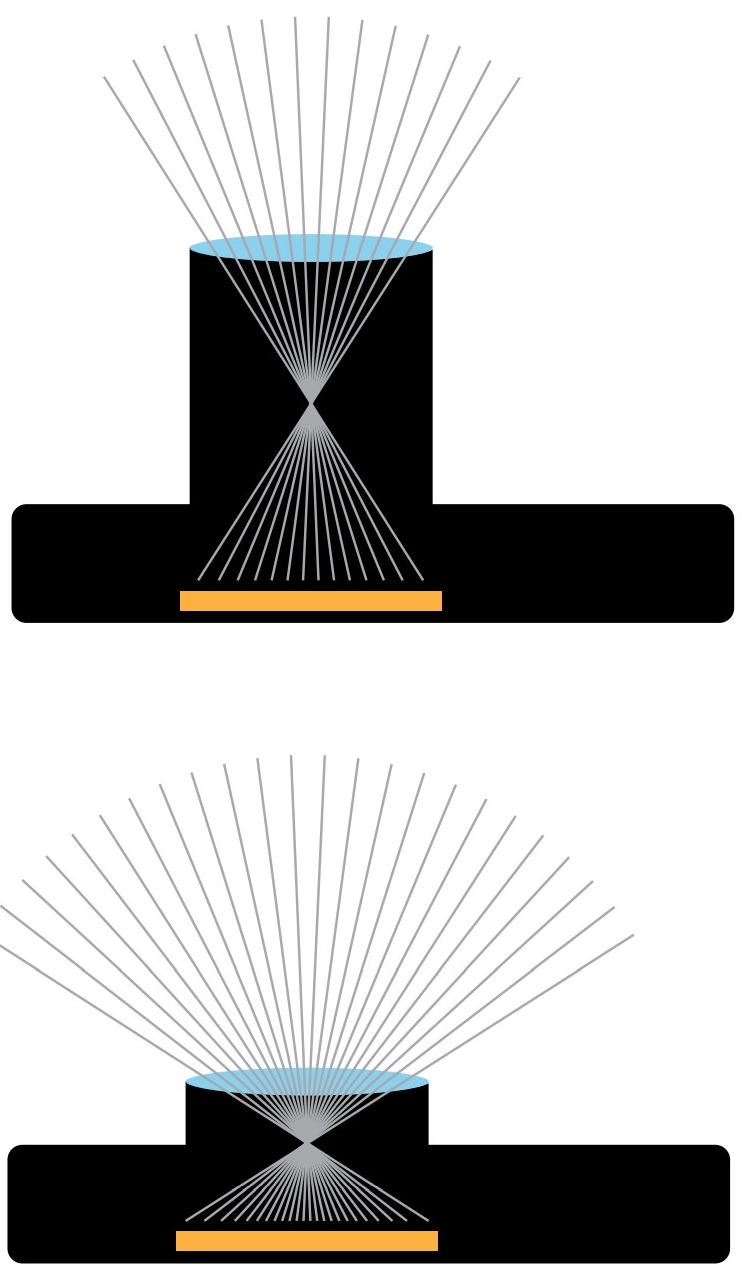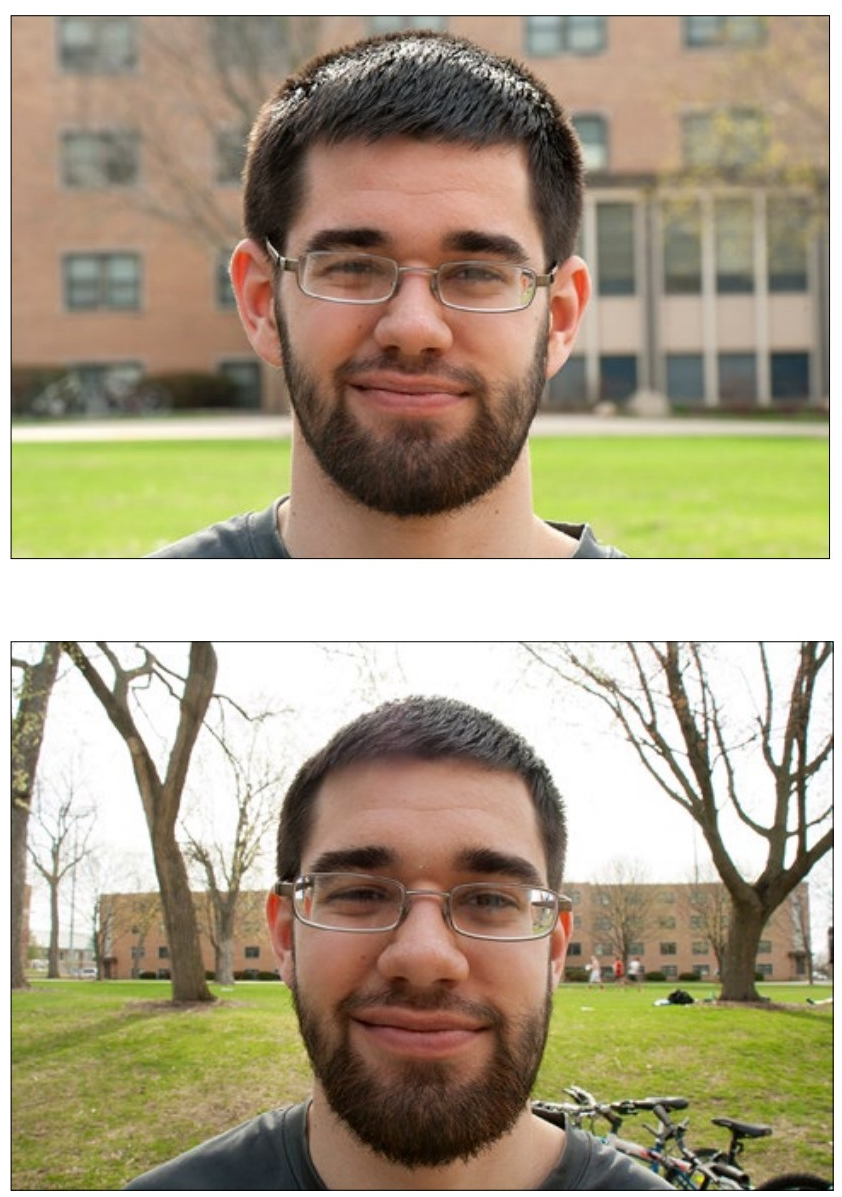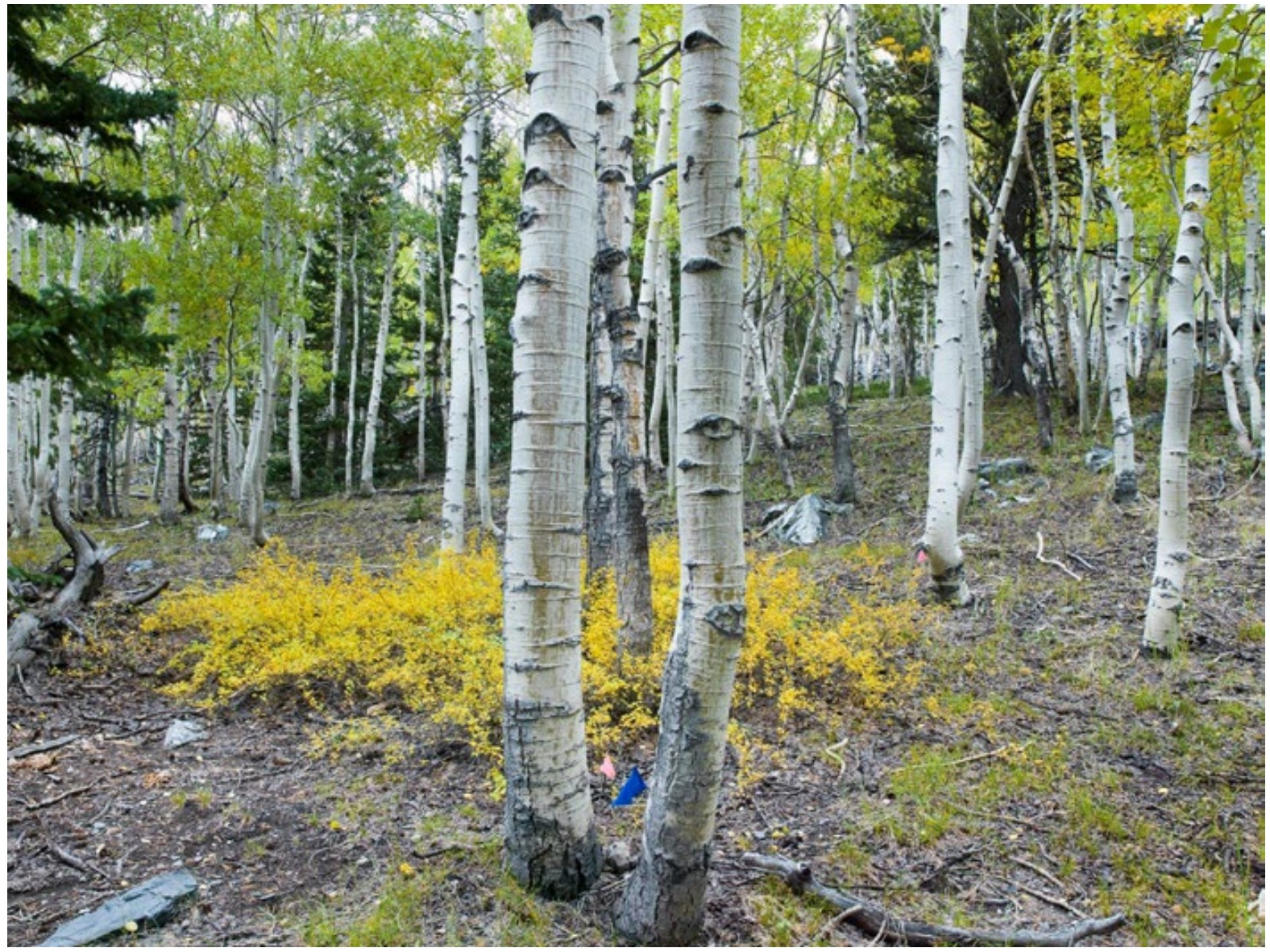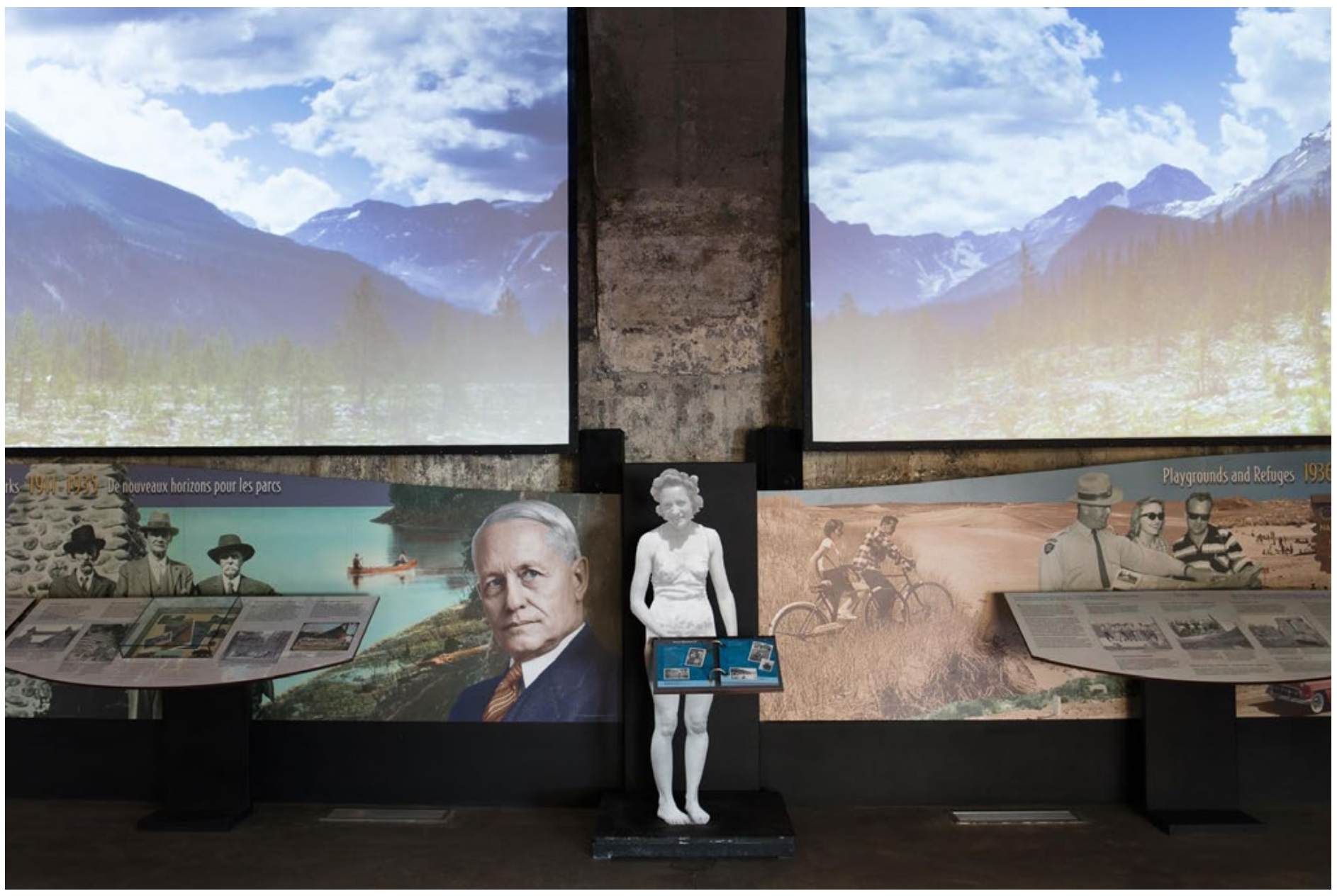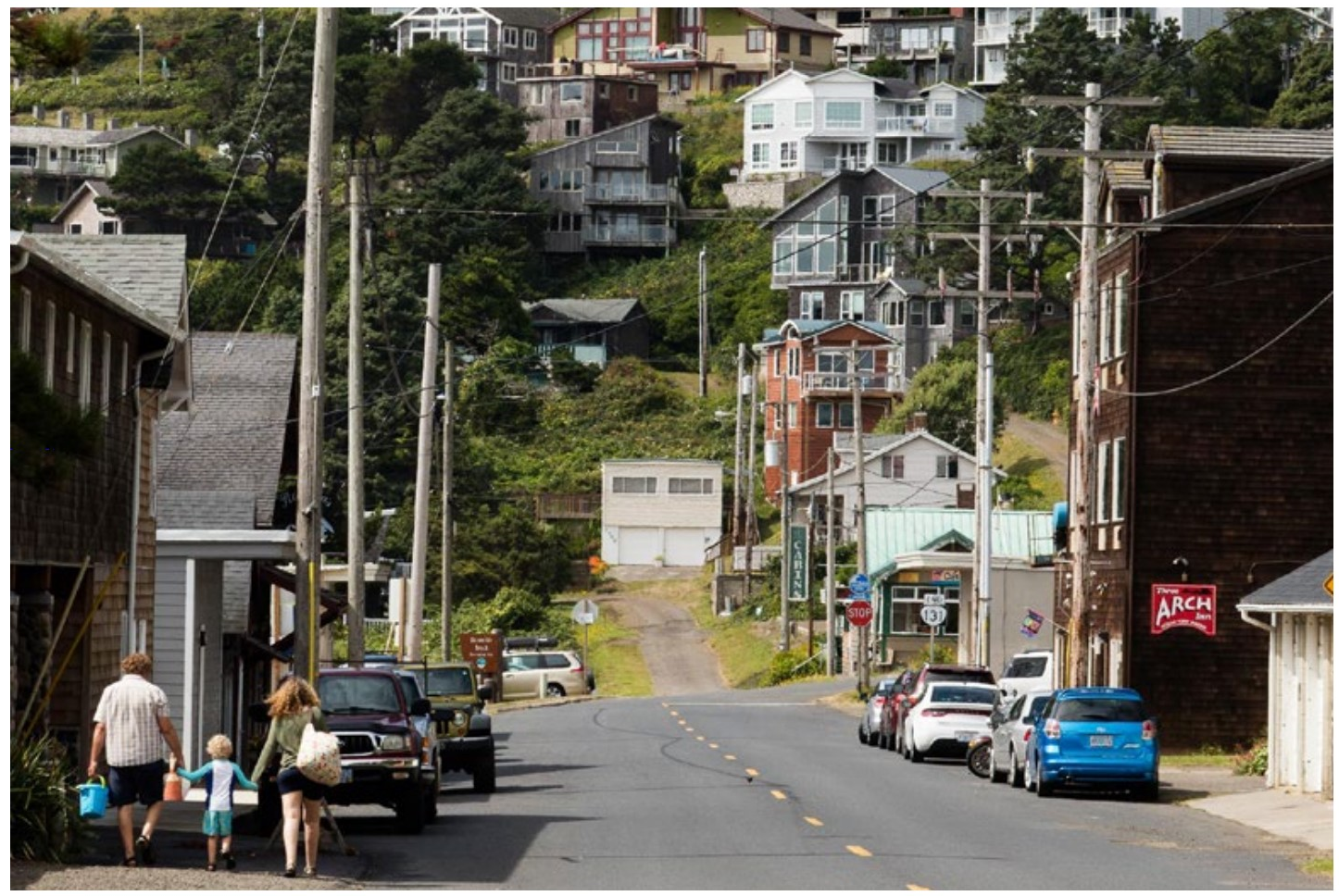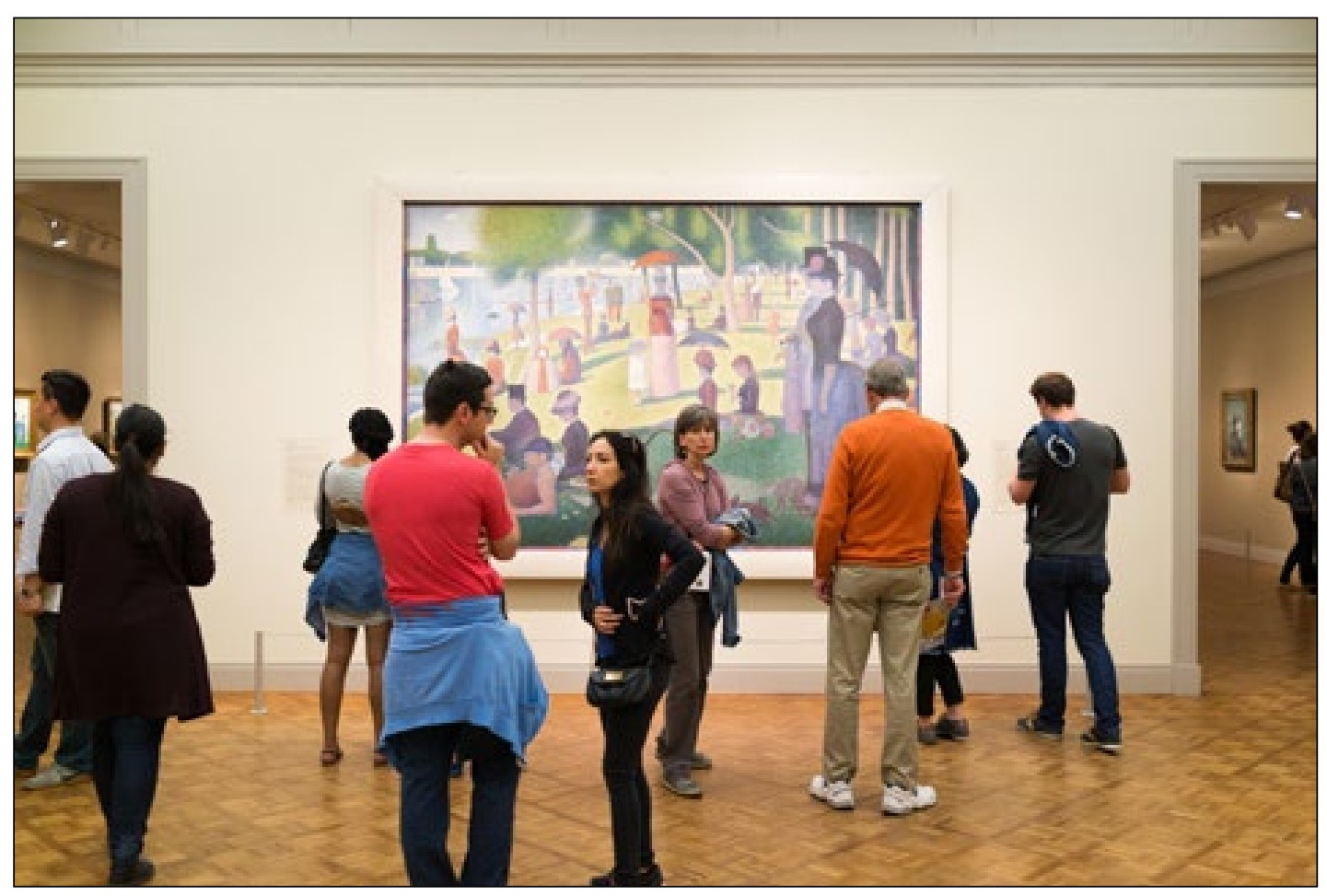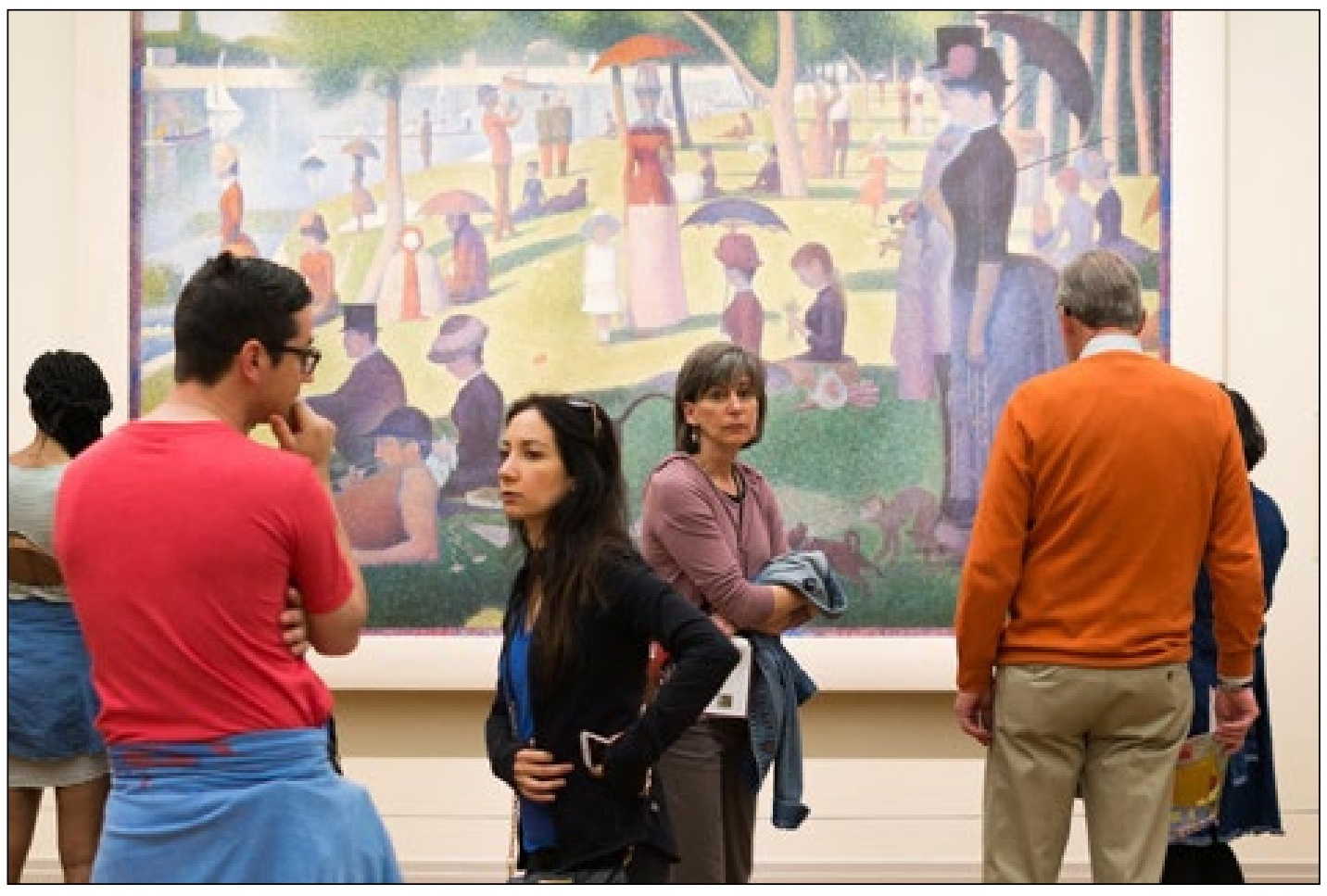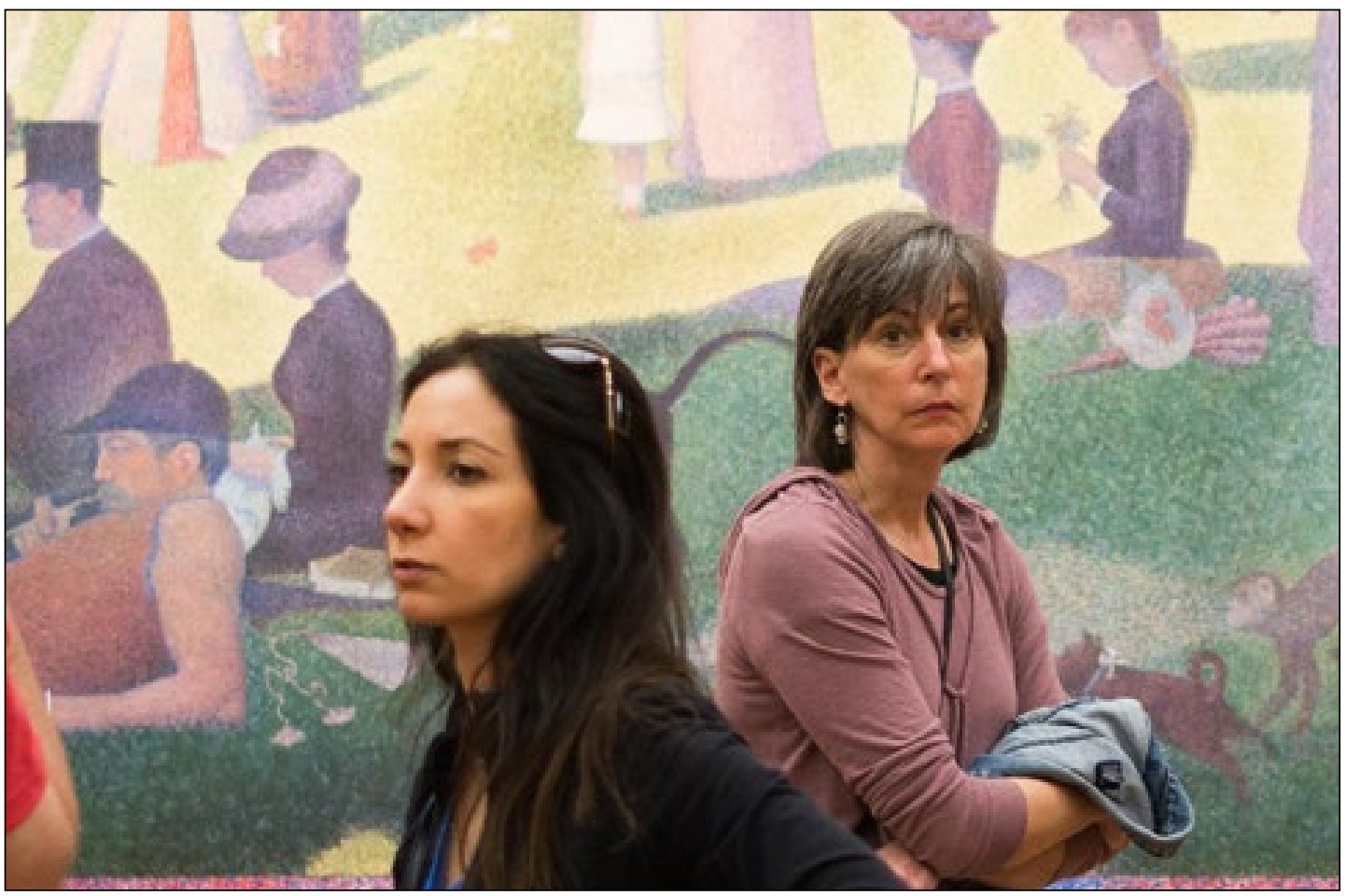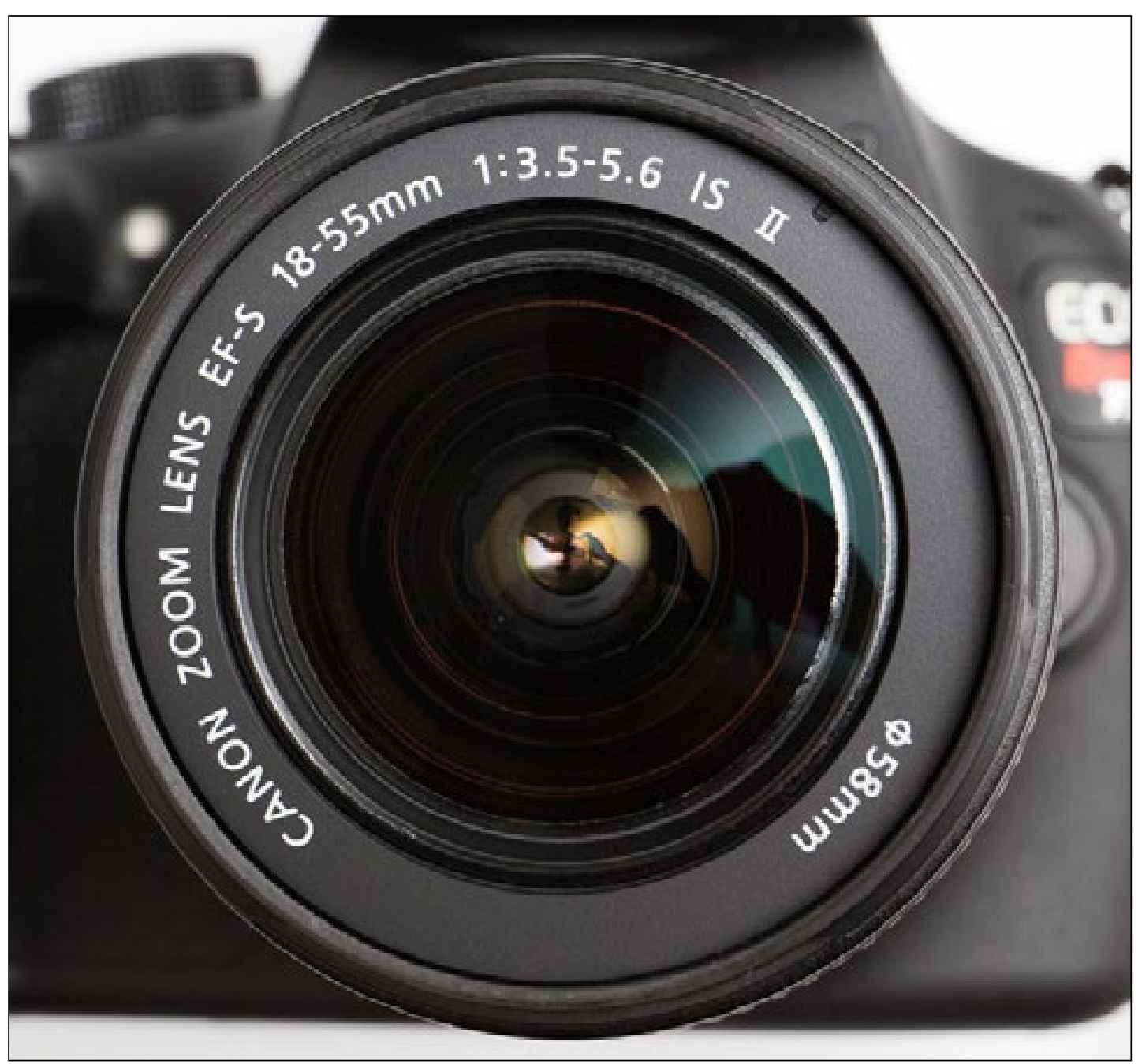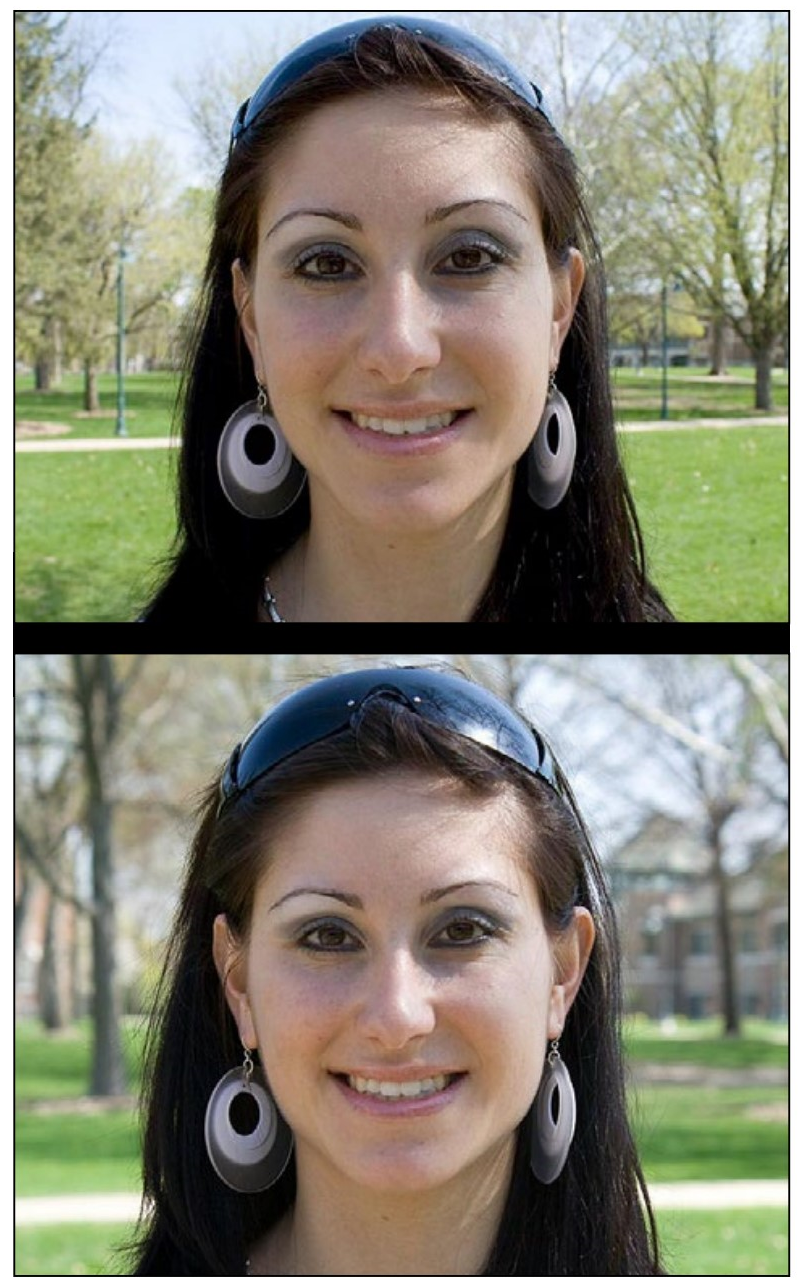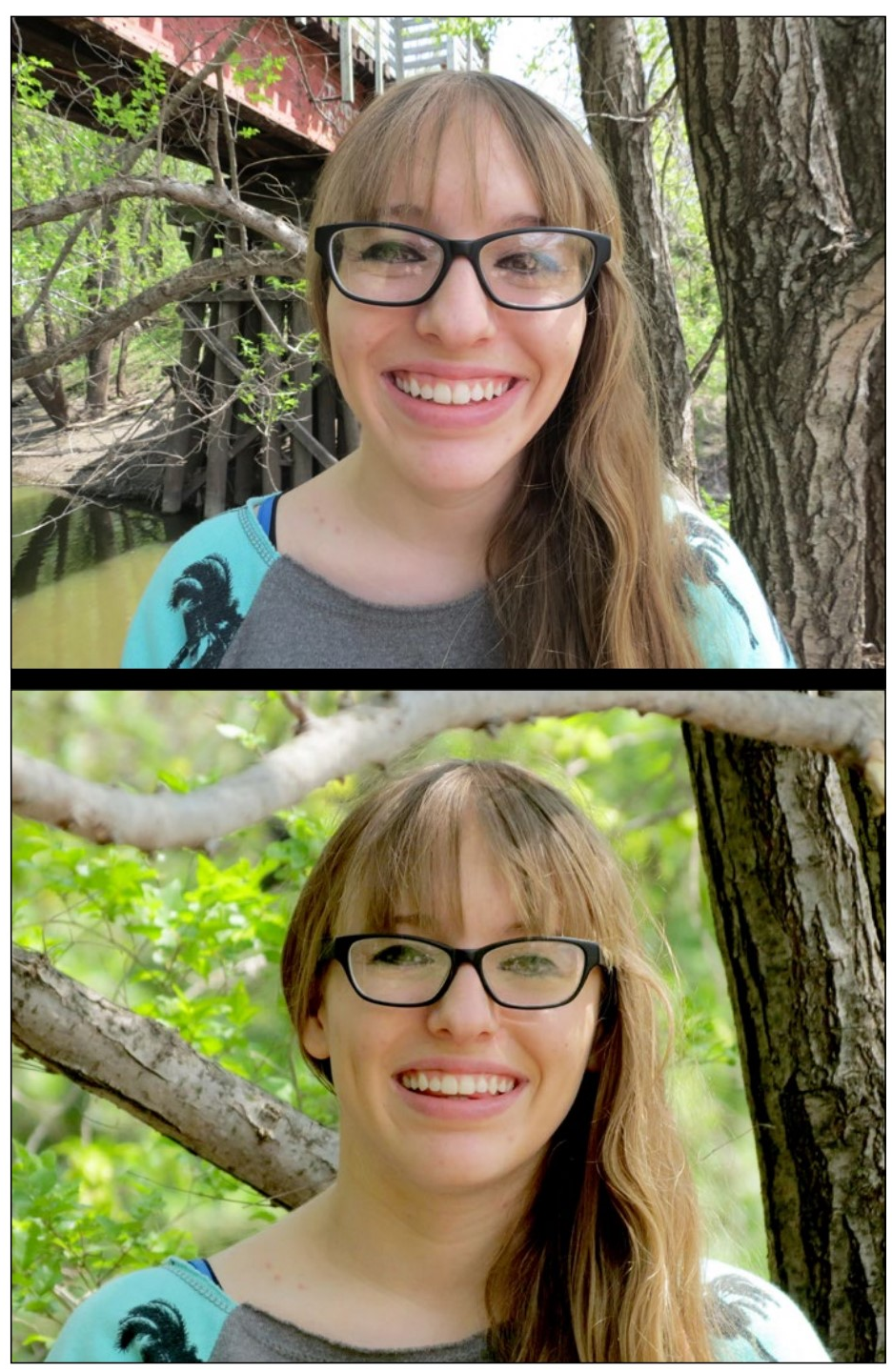5: Focal Length
- Page ID
- 91123
\( \newcommand{\vecs}[1]{\overset { \scriptstyle \rightharpoonup} {\mathbf{#1}} } \)
\( \newcommand{\vecd}[1]{\overset{-\!-\!\rightharpoonup}{\vphantom{a}\smash {#1}}} \)
\( \newcommand{\dsum}{\displaystyle\sum\limits} \)
\( \newcommand{\dint}{\displaystyle\int\limits} \)
\( \newcommand{\dlim}{\displaystyle\lim\limits} \)
\( \newcommand{\id}{\mathrm{id}}\) \( \newcommand{\Span}{\mathrm{span}}\)
( \newcommand{\kernel}{\mathrm{null}\,}\) \( \newcommand{\range}{\mathrm{range}\,}\)
\( \newcommand{\RealPart}{\mathrm{Re}}\) \( \newcommand{\ImaginaryPart}{\mathrm{Im}}\)
\( \newcommand{\Argument}{\mathrm{Arg}}\) \( \newcommand{\norm}[1]{\| #1 \|}\)
\( \newcommand{\inner}[2]{\langle #1, #2 \rangle}\)
\( \newcommand{\Span}{\mathrm{span}}\)
\( \newcommand{\id}{\mathrm{id}}\)
\( \newcommand{\Span}{\mathrm{span}}\)
\( \newcommand{\kernel}{\mathrm{null}\,}\)
\( \newcommand{\range}{\mathrm{range}\,}\)
\( \newcommand{\RealPart}{\mathrm{Re}}\)
\( \newcommand{\ImaginaryPart}{\mathrm{Im}}\)
\( \newcommand{\Argument}{\mathrm{Arg}}\)
\( \newcommand{\norm}[1]{\| #1 \|}\)
\( \newcommand{\inner}[2]{\langle #1, #2 \rangle}\)
\( \newcommand{\Span}{\mathrm{span}}\) \( \newcommand{\AA}{\unicode[.8,0]{x212B}}\)
\( \newcommand{\vectorA}[1]{\vec{#1}} % arrow\)
\( \newcommand{\vectorAt}[1]{\vec{\text{#1}}} % arrow\)
\( \newcommand{\vectorB}[1]{\overset { \scriptstyle \rightharpoonup} {\mathbf{#1}} } \)
\( \newcommand{\vectorC}[1]{\textbf{#1}} \)
\( \newcommand{\vectorD}[1]{\overrightarrow{#1}} \)
\( \newcommand{\vectorDt}[1]{\overrightarrow{\text{#1}}} \)
\( \newcommand{\vectE}[1]{\overset{-\!-\!\rightharpoonup}{\vphantom{a}\smash{\mathbf {#1}}}} \)
\( \newcommand{\vecs}[1]{\overset { \scriptstyle \rightharpoonup} {\mathbf{#1}} } \)
\(\newcommand{\longvect}{\overrightarrow}\)
\( \newcommand{\vecd}[1]{\overset{-\!-\!\rightharpoonup}{\vphantom{a}\smash {#1}}} \)
\(\newcommand{\avec}{\mathbf a}\) \(\newcommand{\bvec}{\mathbf b}\) \(\newcommand{\cvec}{\mathbf c}\) \(\newcommand{\dvec}{\mathbf d}\) \(\newcommand{\dtil}{\widetilde{\mathbf d}}\) \(\newcommand{\evec}{\mathbf e}\) \(\newcommand{\fvec}{\mathbf f}\) \(\newcommand{\nvec}{\mathbf n}\) \(\newcommand{\pvec}{\mathbf p}\) \(\newcommand{\qvec}{\mathbf q}\) \(\newcommand{\svec}{\mathbf s}\) \(\newcommand{\tvec}{\mathbf t}\) \(\newcommand{\uvec}{\mathbf u}\) \(\newcommand{\vvec}{\mathbf v}\) \(\newcommand{\wvec}{\mathbf w}\) \(\newcommand{\xvec}{\mathbf x}\) \(\newcommand{\yvec}{\mathbf y}\) \(\newcommand{\zvec}{\mathbf z}\) \(\newcommand{\rvec}{\mathbf r}\) \(\newcommand{\mvec}{\mathbf m}\) \(\newcommand{\zerovec}{\mathbf 0}\) \(\newcommand{\onevec}{\mathbf 1}\) \(\newcommand{\real}{\mathbb R}\) \(\newcommand{\twovec}[2]{\left[\begin{array}{r}#1 \\ #2 \end{array}\right]}\) \(\newcommand{\ctwovec}[2]{\left[\begin{array}{c}#1 \\ #2 \end{array}\right]}\) \(\newcommand{\threevec}[3]{\left[\begin{array}{r}#1 \\ #2 \\ #3 \end{array}\right]}\) \(\newcommand{\cthreevec}[3]{\left[\begin{array}{c}#1 \\ #2 \\ #3 \end{array}\right]}\) \(\newcommand{\fourvec}[4]{\left[\begin{array}{r}#1 \\ #2 \\ #3 \\ #4 \end{array}\right]}\) \(\newcommand{\cfourvec}[4]{\left[\begin{array}{c}#1 \\ #2 \\ #3 \\ #4 \end{array}\right]}\) \(\newcommand{\fivevec}[5]{\left[\begin{array}{r}#1 \\ #2 \\ #3 \\ #4 \\ #5 \\ \end{array}\right]}\) \(\newcommand{\cfivevec}[5]{\left[\begin{array}{c}#1 \\ #2 \\ #3 \\ #4 \\ #5 \\ \end{array}\right]}\) \(\newcommand{\mattwo}[4]{\left[\begin{array}{rr}#1 \amp #2 \\ #3 \amp #4 \\ \end{array}\right]}\) \(\newcommand{\laspan}[1]{\text{Span}\{#1\}}\) \(\newcommand{\bcal}{\cal B}\) \(\newcommand{\ccal}{\cal C}\) \(\newcommand{\scal}{\cal S}\) \(\newcommand{\wcal}{\cal W}\) \(\newcommand{\ecal}{\cal E}\) \(\newcommand{\coords}[2]{\left\{#1\right\}_{#2}}\) \(\newcommand{\gray}[1]{\color{gray}{#1}}\) \(\newcommand{\lgray}[1]{\color{lightgray}{#1}}\) \(\newcommand{\rank}{\operatorname{rank}}\) \(\newcommand{\row}{\text{Row}}\) \(\newcommand{\col}{\text{Col}}\) \(\renewcommand{\row}{\text{Row}}\) \(\newcommand{\nul}{\text{Nul}}\) \(\newcommand{\var}{\text{Var}}\) \(\newcommand{\corr}{\text{corr}}\) \(\newcommand{\len}[1]{\left|#1\right|}\) \(\newcommand{\bbar}{\overline{\bvec}}\) \(\newcommand{\bhat}{\widehat{\bvec}}\) \(\newcommand{\bperp}{\bvec^\perp}\) \(\newcommand{\xhat}{\widehat{\xvec}}\) \(\newcommand{\vhat}{\widehat{\vvec}}\) \(\newcommand{\uhat}{\widehat{\uvec}}\) \(\newcommand{\what}{\widehat{\wvec}}\) \(\newcommand{\Sighat}{\widehat{\Sigma}}\) \(\newcommand{\lt}{<}\) \(\newcommand{\gt}{>}\) \(\newcommand{\amp}{&}\) \(\definecolor{fillinmathshade}{gray}{0.9}\)Zoom lenses, like the one that is probably on your camera, allow an important control over how a scene is interpreted. This chapter will familiarize you with how and why to use the zoom on your camera along with some other factors that influence focal length and choice of lens.
Focal Length
Any lens, from a simple lens like a magnifying glass to a complex lens such as on your camera, has a focal length. This is the distance from the center of a lens to the sensor. The center of a lens is where the light rays cross. This is shown in the illustrations at right.
But that is an incomplete definition of focal length. Remember (in the Lens chapter) that as you focus your lens on near or far objects the lens moves back and forth towards and away from the sensor.
To add to the definition a fixed distance of focus is needed. This is infinity—the distance from your camera where everything (nearer and farther) is in focus.
So, a complete definition of focal length is the distance from the center of the lens to the sensor when focused on infinity.
Focal length is important since the focal length of a lens describes how wide or how telephoto a lens will be along with some attributes of those focal lengths.
When the center of the lens is 50 millimeters away from the sensor when focused on infinity, it is called a 50mm lens, and since something needs to be defined as normal, this is a normal or normal focal length lens.
Since it is hard to define normal without context, let’s look at abnormal (well, other than normal) lenses.
A telephoto lens is a lens that is longer than approximately 50mm. It is also called a long lens. A 100mm telephoto lens is one that acts more like binoculars. You could say that it brings things closer, but a better definition is that it has a narrower field of view (not to be confused with depth of field).
|
TOP A telephoto lens has a field of view which is narrow. BOTTOM A wide angle lens has a field of view which is very wide. |
Narrower field of view means the lens shows less area, which makes everything in the viewfinder and image appear to be closer. The physical size of telephoto is also long. This is why photographers taking pictures at sporting events (either football or congressional hearings) have such long lenses. The center of a 500mm telephoto lens has to be 500mm (20 inches) from the sensor.
A wide angle lens is one that is shorter than approximately 50mm. It is also called a short lens, and indeed these lenses are usually physically short. A 25mm wide angle lens includes much more in the frame. Its wider field of view makes everything in the viewfinder or image look farther away.
Zoom Lens
Your camera probably has a variable focal length lens, more commonly called a zoom lens. These lenses almost always incorporate wide-angle, normal, and telephoto—all in one lens, with the focal length adjustable by turning a ring on the lens.
Other than the physical length of the lens, the discussion here about focal length applies to both a zoom lens with different focal lengths built in or separate lenses for different focal lengths.
In addition to field of view, There are two other attributes that are inherent in different focal lengths.
Perspective
Telephoto lenses (or zoom settings) flatten perspective in an image so that the foreground and background appear to be very close together. This flattening of depth should be familiar to you from looking at photographs of wildlife or sports where telephotos are often used.
On the other hand, wide angle lenses will stretch perspective. If you want to make a friend self conscious about their nose, use a wide angle and get close to them. If you want that cramped seedy hotel room to look spacious and comfy, a wide angle will stretch that hotel room into something that looks palatial.
See the illustrations at right to see the differing perspectives with telephoto and wide angle lenses or zoom settings.
Depth of Field
The amount in focus in a photograph is called depth of field. Less depth of field means less in focus. Telephoto lenses have less depth of field. Things closer and farther away from the camera are generally not in focus at the same time.
|
TOP Charles Kunene, Telephoto (150mm). Notice the flattened perspective and the out of focus background. BOTTOM Wide Angle (21mm). Notice the stretched perspective and focus from foreground to background. |
Again, the effect of a wide angle lens is opposite. Wide angles have more depth of field, so more is in focus. Again, this can be seen in the illustrations at right and the illustrations on the next page.
Mirror LensesThere are lens designs that use curved mirrors to make telephoto lenses shorter. These are presently rare. |
The degree of all the attributes of focal length (field of view, length, perspective, and depth of field) increase with the numerical increase or decrease. A common telephoto focal length is 105mm, but there are telephotos that are as long as 500mm and beyond. Extenders that fit between the camera body and the lens can also be used to increase the focal length.
A common wide angle lens is 28mm, but there are also lenses as wide as 21mm and wider. An 8mm lens is so wide that you have to make sure your feet are not in the frame when you take a picture.
Zoom Range
Most zoom lenses have a range where the most telephoto setting is about 3 times the most wide angle (e.g. 24mm–75mm).
|
Telephoto lens (120mm) shows both flattening of perspective and very little depth of field. |
|
Wide angle lens (35mm) shows both stretching of perspective and a lot of depth of field. |
A greater zoom range may be handy for you, but note that the greater the zoom range, the worse—or the more expensive, or both—a zoom lens is. Instead, many people get several zoom lenses to cover more focal lengths. Zoom lenses that cover the shorter focal lengths are called wide angle zooms, while those that cover longer lengths are called telephoto zooms.
Normal Lenses
My feet are normal. As far as I can tell, everyone else’s are funny-looking. It is hard to define normal, but in relation to lenses, normal is a lens (or zoom setting) that is neither telephoto nor wide angle, and its attributes are between the other two. A normal lens is around 50mm (about 40–60mm).
Walking
At the beginning of this chapter you may have thought that turning the zoom on your lens was to save you from walking a few steps. That is far from the truth. Although you can use it for that (and for staying a good distance from bears), there is so much difference in perspective and focus (depth of field) in images taken at different focal lengths that you should take advantages of these things more than saving steps.
|
Since this image has no near and far things (everything is on the same plane), it will look pretty much the same regardless of the focal length of the lens. |
Many photographers prefer wide-angle lenses (or zoom setting). The change in perspective is important, and a wide angle gives the viewer more of an impression of immediacy—of being there. It is a more intimate lens. Not many viewers will identify what focal length a lens is, but everyone will surely recognize the feeling of closeness to the subject that photographs taken with wide angle lenses can present.
Additionally, with a wide angle lens you have much more control over how things fit into the frame. A movement of a few inches can make a big difference!
On the other hand, if you like taking photographs of sports or wildlife, a telephoto will be your only choice. Wide angle photographs of football catches or angry dingos might look great, but rarely are they practical to shoot.
Lenses good for head and shoulder portraits are traditionally around 85mm, since this focal length gives a fairly natural flattening (perspective) to the face.
Photographers tend to find a favorite focal length. You can take note of the zoom settings you like to use when you have a choice, and try different settings to see what feels most natural to you.
|
Wide angle lens showing an intimate view. Notice how just moving the camera a few inches will change the relationship of elements in the frame. The glass in the foreground is a mistake that could have easily been avoided by raising the camera a couple of inches. |
|
A telephoto lens shows a detached view. Also, to change the relationship of elements in the frame the photographer would have to walk at least a few feet. |
Focal Length and Sensor Size
If you have looked at the front of your lens, you may have been puzzled by some of the numbers given as focal lengths. The numbers printed on your lens might read something like 9mm–25mm. All wide angle? No.
Although the focal length numbers given to describe wide angle and telephoto lenses are important, they might not coincide with your camera. Here is why...
The numbers associated with focal lengths as described here originated from standard film cameras, where the film was 35mm in width (this mm size has nothing to do with lenses, just the film size).
The digital sensor that is the same size as this old film size is called a full-frame sensor, which is used in a full-frame camera. The descriptions of focal length are accurate with these full-frame cameras—the focal length numbers given previously are standard descriptions of wide angle, normal, and telephoto lenses.
But what happens if only a portion of that sensor is used, or if there is a smaller sensor (the same thing)? Suddenly, the same lens is a more telephoto lens. The angle of view is narrower and perspective is flattened. Nothing has changed except for the sensor area. The illustrations above show this. Same lens, but wide angle if all of the sensor’s image is included, and telephoto if only a portion is used.
If you have a 50mm lens on a full-frame camera is a normal lens. But that same 50mm lens on a smaller APS sensor camera (like the one you probably have) will be a telephoto.
|
Both of these images are the same photograph. The second image is a crop of the first—in other words, only the center portion of the sensor is used for it. Notice that the change in sensor area makes the second image have a narrower field of view and the flattening effect of a telephoto lens. In other words, the same image is now a telephoto. The astute reader may question why depth of field is left out of this particular discussion. That will be explained in a aptly named later chapter. |
SENSOR SIZE & FOCAL LENGTH
The red frame bordering the image at left is the coverage of a wide angle lens on a full-frame sensor. With smaller sensors, the same lens becomes more of a telephoto.
Although all of these were taken with a 35mm lens, the effective (equivalent) focal lengths differ because of the varying sensor size.
You can mimic a more telephoto lens by cropping your photographs like I have done in these examples. You will get lower quality, but if you have a larger sensor and are just posting a small image in an email or web page, you might find this useful.
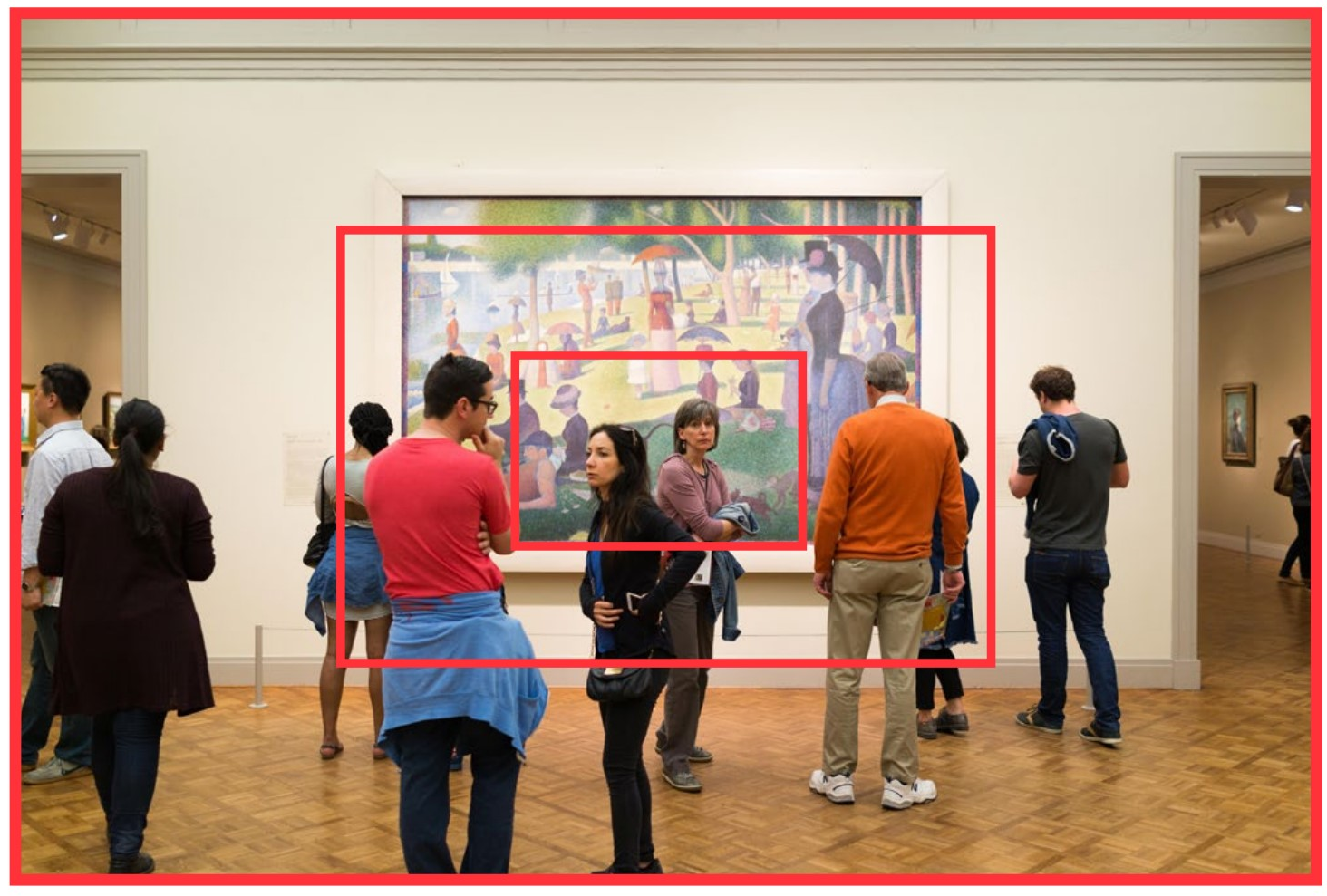
|
35mm focal length |
|
75mm effective focal length |
|
150mm effective focal length |
So, you have two cameras with two different size sensors, and on both 50mm is printed as the focal length on that lens. On one camera the lens will be a telephoto, and on the other it will be a normal lens. Confusing!
Compounding the problem is that sensors come in many different sizes (more than the common sizes described in this text), so there is no standardization except for the traditional film (and full-frame sensor) standard size that has been in place for over 75 years.
Full-Frame Equivalent
The solution to this focal length number problem is fairly inelegant. In descriptions of lenses there will be what is called a full-frame equivalent, equivalent, or a description which includes the old film width of 35mm. It will state the focal length of the lens as if it were on a full-frame camera.
|
Focal length at top and full-frame equivalent (here noted as Focal Length in 35mm film) as reported in Adobe Bridge. |
Another way of telling lens and camera buyers the equivalent focal length is by reporting a focal length multiplier for a camera with a sensor smaller than full-frame. So, for a Canon camera with an APS-C size sensor, the multiplier is 1.6. Which means you multiply those numbers on the lens (the actual focal length) by 1.6 to come up with the full-frame equivalent (a number that makes sense). For example, a lens which is 50mm when used on a full-frame camera becomes an 80mm (50 x 1.6 = 80) slight telephoto on an APS-C camera.
To simplify all this is, just remember that only the equivalent number of the focal length really matters. And those are the numbers that are defined at the beginning of this chapter.
|
This camera lens is marked as a 18–55mm zoom. It is being used on an APS-C camera, so the effective focal length range is 29–88mm. If this lens was on a camera with a larger sensor, the equivalent focal length range would be the same as the actual focal length range. |
Why Not Have Sensible Numbers?The primary reason they don’t print effective focal lengths on lenses is that the same lens might be used on different cameras that have different size sensors. I used to use a 17–40mm lens that acted like a wide to slight telephoto on my APS-C size sensor camera. When I changed to a full-frame sensor camera, that same lens suddenly became a wide angle zoom. So which numbers should be printed on the lens? |
Digital Zoom
If you have ever zoomed in (telephoto) with a cellphone camera, you probably noticed how bad the quality of the photograph was. That is because most cellphones use a digital zoom—the lens doesn’t change, but instead it only uses part of the (already tiny) sensor to make it telephoto. You should know how that works if you understood the previous explanation.
Other cameras also have digital zooms. If you see one on your camera, don’t use it—you can always crop the image later and come up with exactly the same image.
Prime Lenses
There are lenses available that are not zoom, but instead have one fixed focal length. These are called prime lenses, and they come in many different focal lengths.
More Focal Length & PerspectiveIt is not really focal length that controls perspective. Rather, it is the distance of the camera to the subject. If you have a person around, you can sort of verify this: Cover one eye and put the other eye very close to the person’s nose. Our brain compensates for perspective, but if you put your eye close enough, even your mighty brain can’t compensate that much, and the nose will look bigger. You may have seen the opposite effect when you were younger and had a pair of kid’s binoculars. How disappointing it was to find they didn’t have any real lenses in them, and a paper towel core worked just as well. If you don’t remember, go get a paper towel core and look through it. Everything really will look closer and perspective will be flattened. This is also why the moon looks bigger (optically it is no bigger) when it is closer to the horizon. But, wide angle lenses allow us to get closer and telephoto to get further away, so for all practical purposes, they do change the perspective. |
Zoom RangeIf you want a camera with a very large zoom range in a compact and inexpensive package, you have to buy a camera with a small sensor size. |
There are many reasons you may want a prime lens. They are sharper, lighter, smaller, more dependable, have less flair, less image distortion, and allow you to take photographs in lower light.
The fact that prime lenses are so much better is testament to the fact that the versatility of a zoom lens is important. Also, modern lens designs and computers have minimized the disadvantages of zoom lenses. For example, plastics have made zooms lighter, more accurately ground lenses have made them sharper, and corrections for many lens distortions are readily available in most image editing programs.
Before computers I used only prime lenses. Now I use a zoom lens quite a lot. Having all those focal lengths in one package is very handy, especially because changing lenses lets dust get on the sensor.
Still, you may need a prime lens for a variety of reasons such as enlarging a distant subject, shooting in low light, or having a compact lens.
Now Go Shoot
That zoom lens on your camera is a versatile instrument. Take photographs using different focal lengths to understand how perspective changes. Which focal length do like best—wide angle or telephoto?
Look at what is happening to the background when you use different focal length settings. Do you want the background to be detailed, or do you want to blur it into a pattern by using a telephoto setting? Try cropping an image to mimic a more telephoto lens. Does it maintain quality?
EXPERIMENT
Take two (or more) images. Both should be head & shoulder shots of the same person done at the same time. Include a background like a building or trees.
|
Valentina Vasileva, wide angle (top) and telephoto (bottom) |
The only difference in these two photographs will be the focal length at which your lens is set. In one it should be set to the widest wide angle you have, and in the other it should be set to the other end of the zoom range at the longest telephoto.
You will have to move forward or back to get the same head and shoulders shot at different focal lengths! Some lenses for cameras with smaller sensors are a bit ridiculous at how telephoto they get, so if you find you have to move back too much, turn it to less telephoto.
To get the best comparison for perspective, make sure the head size is the same for both images. Take a mental measurement from the top of the head to the bottom of the chin and try to duplicate this in your comparison photograph.
To get the best depth of field comparison, make sure you have a background that is fairly distant from the subject. You could even try to include things at several different distances as in the images on the this page.
You should notice two differences in your images from this experiment. First, the perspective will be stretched with the wide angle and flattened with the telephoto settings.
Second, the amount in focus will be less with the telephoto. Assuming your focus was on the face, the background will be more out of focus in the telephoto image.
|
Natasha Willey, wide angle (top) and telephoto (bottom) A lens commonly used for portraiture would be a focal length in between these two. |
Focal Length Questions
What kind of lens has a focal length? (trick question)
What is the distance of the sensor to the center of the lens when focused at infinity called?
What type of lens has a variable focal length?
What is the (full-frame equivalent) focal length of a normal lens? A wide angle? A telephoto?
What lens (or zoom setting) gives you a wider field of view? A narrower field of view?
What lens (or zoom setting) stretches perspective? Which flattens perspective?
What photographic term refers to the amount in focus?
Which focal length gives the most depth of field—50mm or 100mm? The least depth of field?
Which type of lens is physically very long?
With the same focal length lens, what sensor size will increase the effective focal length?
What does using the digital zoom use only part of?
When should you use a digital zoom? (trick question)
What is a lens without a zoom setting called?



